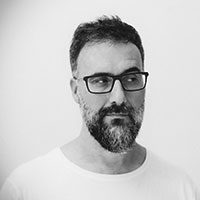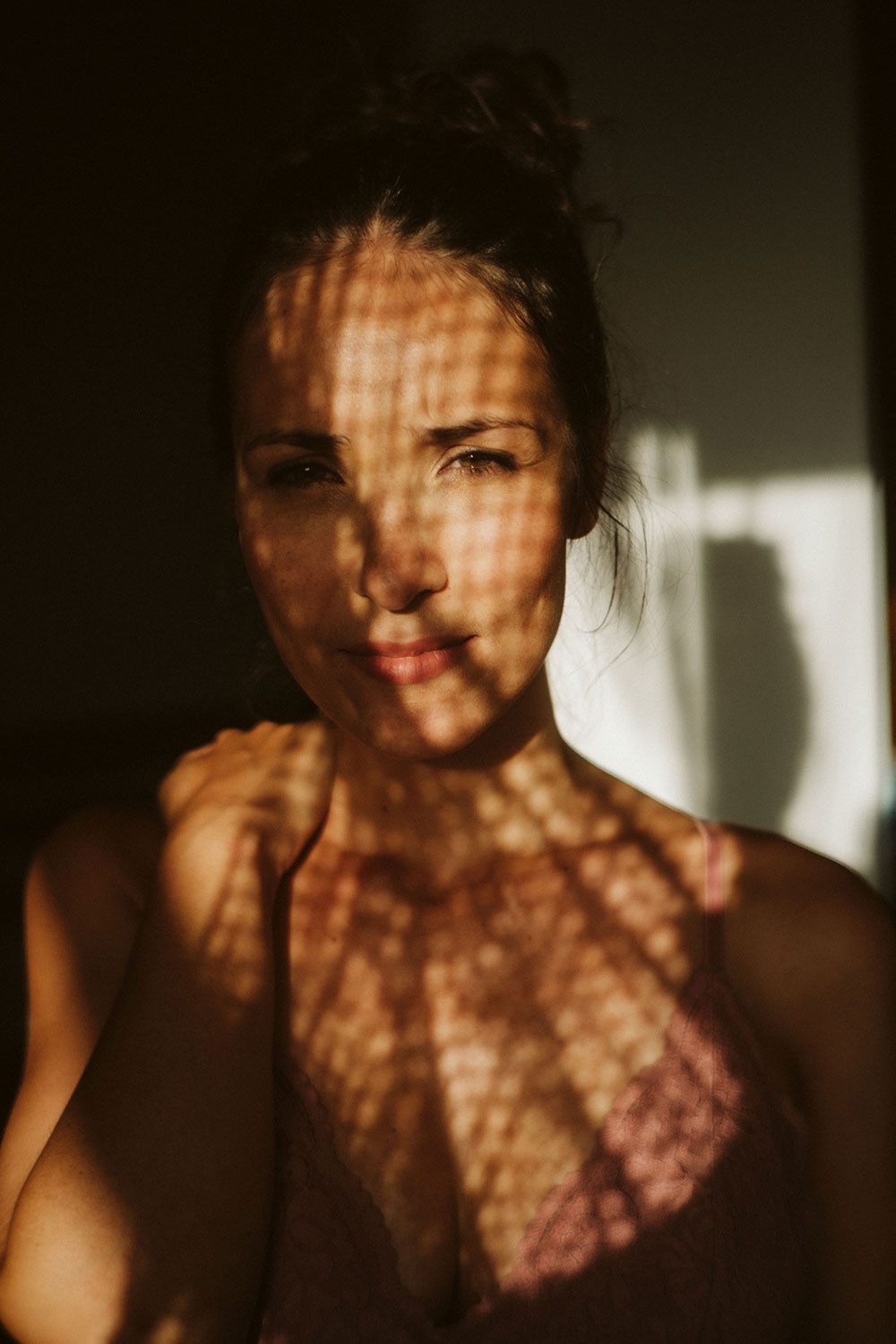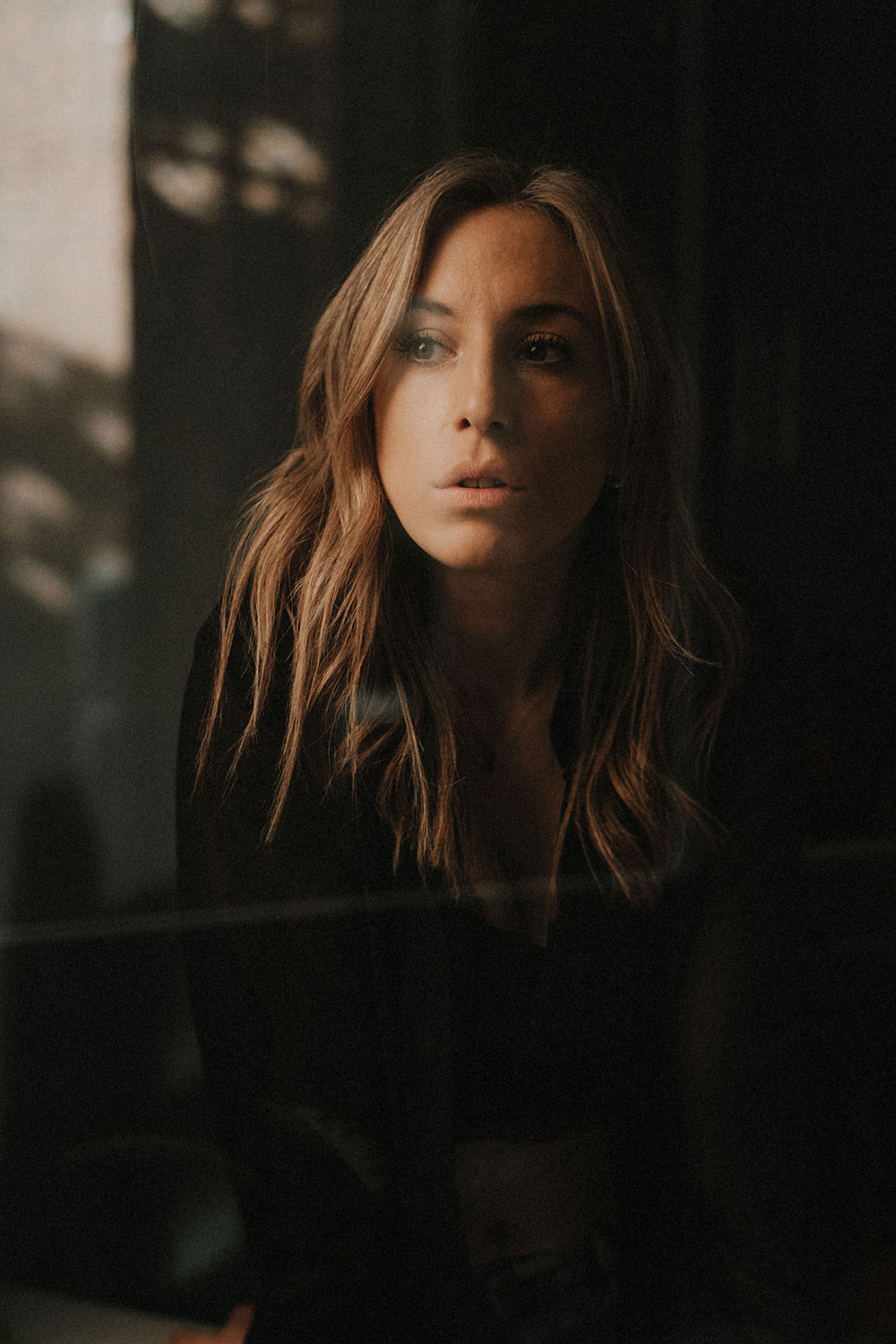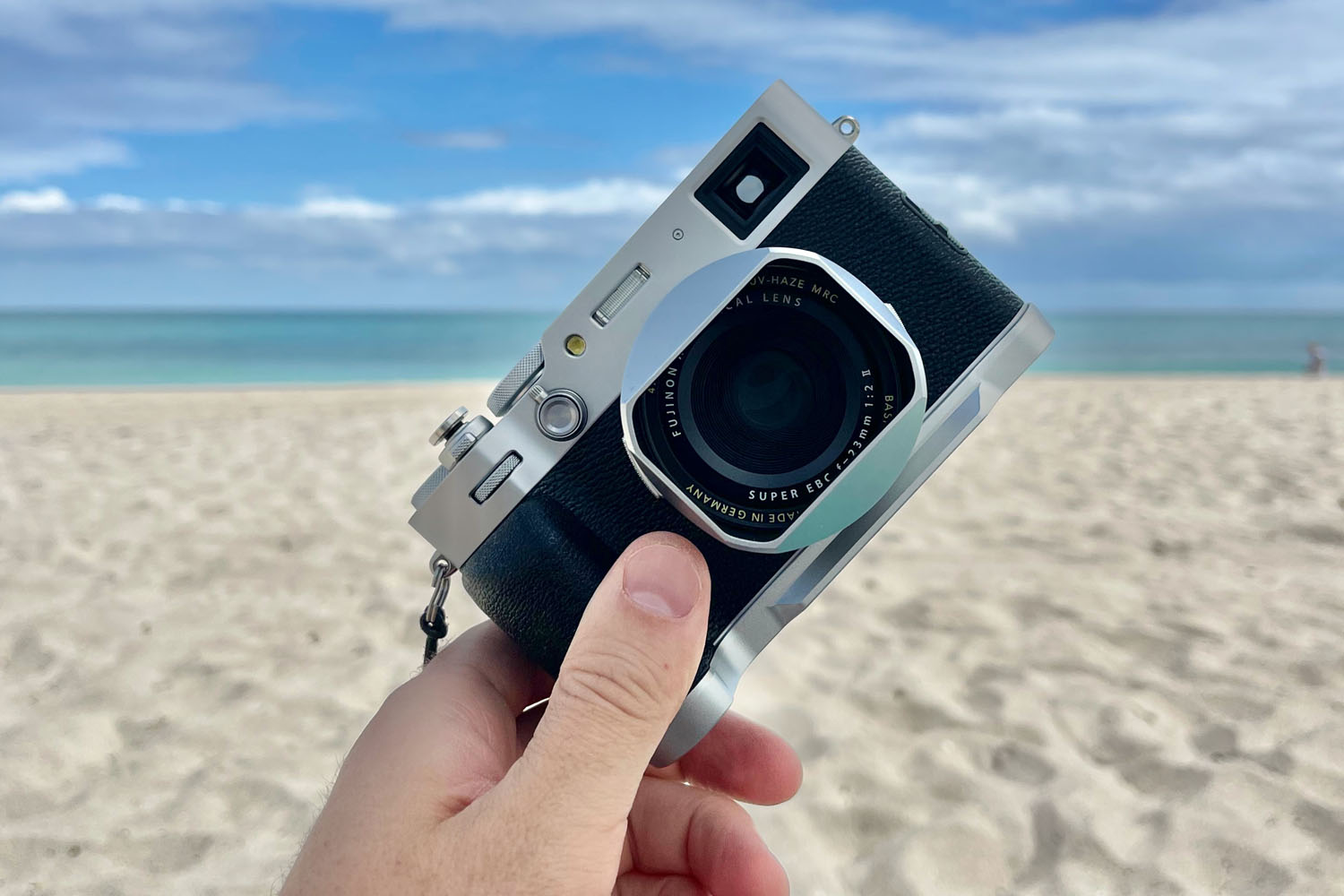Drinking from different fountains
Daniel is the true multi-tasking photographer who is specialised in portraiture as well as wedding photography. He is passionate about any project that he can build from scratch. He’s methodical and likes to prepare each project or shoot in detail, and all of us can feel this through Daniel’s images. But now it’s time to know a little better this Spanish photographer in an inspirational interview.
Hello Daniel, and thanks for this opportunity! Could you start by introducing yourself?
My name is Daniel. I was born in Madrid, Spain, and I am now living in a town close to the capital with my partner, my little daughter, and two fat cats. I studied journalism, and I am a freelance photographer who also works as a photography teacher in a renowned photography school and at a University School of Design Innovation and Technology.
Do you have other hobbies and passions besides photography?
In addition to photography, I love cinema, tasting good wine and food (I´m a handy chef), and sharing great moments in conversation with family and friends. Deep down, I think I love telling stories in one way or another.
Would you like to share with our readers the moment when Photography entered your life?
Somebody lent me an old Nikon F3 whilst I was studying journalism at University. He told me that I just needed to play with three elements to fool the camera instead of the camera fooling me. It seemed fascinating to me. I started investigating photographic possibilities, and it hooked me.
First in a self-taught way and later joining courses and meeting interesting people who “feed the beast”. Once I had finished my journalism studies, and after several frustrating experiences in the media, I decided to take the plunge and dedicate myself to what I liked the most: photography.
RIGHT: Fuji X-T3 . Fuji XF35mmF1.4 . F/2.8 . 1/3200” . ISO 160
Of the different kinds of work you do, from Events to Music and Portraits, do you have any that you prefer for some reason?
I consider myself a multi-tasking photographer who draws from numerous influences; we say in Spanish “beber de numerosas fuentes” which translated literally means “drink from different fountains”. Maybe circumstances, and the fact that I have been teaching for many years, have allowed me to stay afloat when things have gone wrong career-wise.
Anyway, I can say that I am specialised in portraiture in many of its different guises (personal, editorial, and corporate) as well as wedding photography. Portrait photography is the discipline in which I feel most comfortable. I see making portraits as a communicative act between two people (model and photographer) who create a third identity that is a product of that relationship. The result is a short temporal story that arises from that encounter, and I find it fascinating.
Like many professional photographers, most certainly you also like to develop your own personal photography projects, correct? Apart from clients’ work, what kind of photography you do for yourself?
I am most passionate about any project that I can build from scratch and give it shape with total freedom. It is where I find the greatest satisfaction. I am quite methodical, and I like to prepare each project or each shoot in detail; once on set, I welcome unforeseen events that arise and contribute favourably to the result. This ensures that the work breathes spontaneity, naturalness, and a more credible image where the photographer disappears as far as possible from the shot.
I use this methodology both in my professional work and in my personal projects to try and maintain my style as much as possible. However, each project is different and instead of applying one approach, I like to get a taste of each element and discover what best suits each case. I like to think that my photos transmit something and do not leave the spectator feeling indifferent.
RIGHT: Fuji X-T3 . Fuji XF35mmF1.4 . F/1.8 . 1/250” . ISO 400
Right now, I am involved in an intimate portrait project where I am trying to deepen the intimacy of different women in a very careful and organic way, communication plays a significant role to extract in a non-imposed way, the feelings and sensations that are part of the privacy of each person. It is not simply about portraying the person, and rather it consists of finding the essence of their intimacy.
It is essential to create an appropriate atmosphere and develop a bond to establish an emotional framework to achieve sincere and honest images. Each portrait is a world, and we must acquire skills from a psychological point of view in our approach to it.
Which brand you used before, and why did you switch to the Fuji X system?
When I was starting out back in analogue times, I had multiple cameras that I acquired with the little money I made as a local journalist. The only camera I didn’t let go from that era was a fantastic Nikon FM2 that I still have today.
When the digital revolution occurred, I switched to Canon and their 5D Mk II. That camera accompanied me in my first steps as a professional photographer. Pretty big and even heavier. I wanted to try something smaller, something that I could carry with me everywhere, and something that could take me back a step, to the analogue world.
I began to realise that I had lost many sensations with the move to Canon and that I needed to reconcile with photography. I noticed that I was taking fewer and fewer photographs, and the camera had become a mere tool to take to work.
RIGHT: Fuji X-T3 . Fuji XF35mmF1.4 . F/2.0 . 1/5000” . ISO 400
What’s your current camera and lenses setup?
At first, the mirrorless systems scared me. They seemed too slow, and I didn’t want to downgrade in terms of quality. I was then introduced to Fujifilm, and when I had it in my hands, I immediately recovered many of those sensations that I had experienced before using digital cameras.
I bought my first Fuji in 2016, an X-T1 with the 18-55mm f/2.8-4. I found it so intuitive, and I could have it with me everywhere, which means that it was the trigger for me to start taking more photographs. Later I expanded with an X-T2 and the 23mm f/2 and 56mm f1.2, and last year the X-T3 with the 35mm f/1.4. I am absolutely delighted with this camera as it is perfectly suited to my type of work.
I have two other lenses from 7artisans: a 35mm f1.4 (I use that a lot too) and a12mm f2, both manual focus.
RIGHT: Fuji X-T3 . Fuji XF35mmF1.4 . F/1.8 . 1/250” . ISO 400
Zoom VS prime lenses and why?
I feel much more comfortable working with fixed optics. They force me to always remain attentive and maintain an aesthetic criterion in my images. The downside is that it often forces me to carry two different bodies or be very quick to switch from one lens to another.
Among those you mentioned, which is our favourite lens for portraits?
At the moment I have two favourite lenses for portraits, but I have not tried all that I would like to. The 35mm f1.4 and the 56mm f1.2 are perfect for me. Sometimes, looking for a different perspective, the 23mm f2 allows me to find other sensations. I would love to try the 50mm f1.0 lens in the near future. I think it would fit perfectly with my way of seeing.
RIGHT: Fuji X-T3 . 7artisans 35mmF1.2 . F/1.8 . 1/15” . ISO 800
Artificial vs Natural light – Which is your favourite and why?
It isn’t easy to choose one or the another when I am specialised in lighting. Whether you use natural or artificial light depends a lot on the project you are working on. Of course, I recognize that I am in love with natural light and making the most of it, especially when it comes to personal work in which I look for a certain naturalness. Another option that seduces me is to combine natural light with other types of lights (flash, LED’s, neon lights…) creating very cinematic effects.
What software do you use for post-processing? Could you give us a brief description of your workflow?
My workflow is Lightroom + Photoshop, but I try not to spend too much time on post-production, and I try to optimise it as much as possible. I use some presets that I created myself, according to my aesthetic criteria on the photo in Lightroom. This is the starting point, and then I make more precise adjustments to optimise the image. A current “Work-In-Progress” I have is moving from Lightroom over to Capture One, but I still need more time to be 100% comfortable with the results.
Next, I export to Photoshop, where I apply the finishing touches. I sometimes use Exposure, another software that gives me an analogue finish that suits my photographs so well.
I always say that you must spend much more time before and during the moment of taking the photo than after it. The time you have saved by making a good image “in camera”, can later be invested in meeting more people, taking good portraits, and telling good stories, for example.
RIGHT: Fuji X-T3 . Fuji XF56mmF1.2 . F/5.6 . 1/200” . ISO 160

“My name is Daniel. I was born in Madrid, Spain, and I am now living in a town close to the capital with my partner, my little daughter, and two fat cats. I studied journalism, and I am a freelance photographer who also works as a photography teacher in a renowned photography school and at a University School of Design Innovation and Technology.”


























